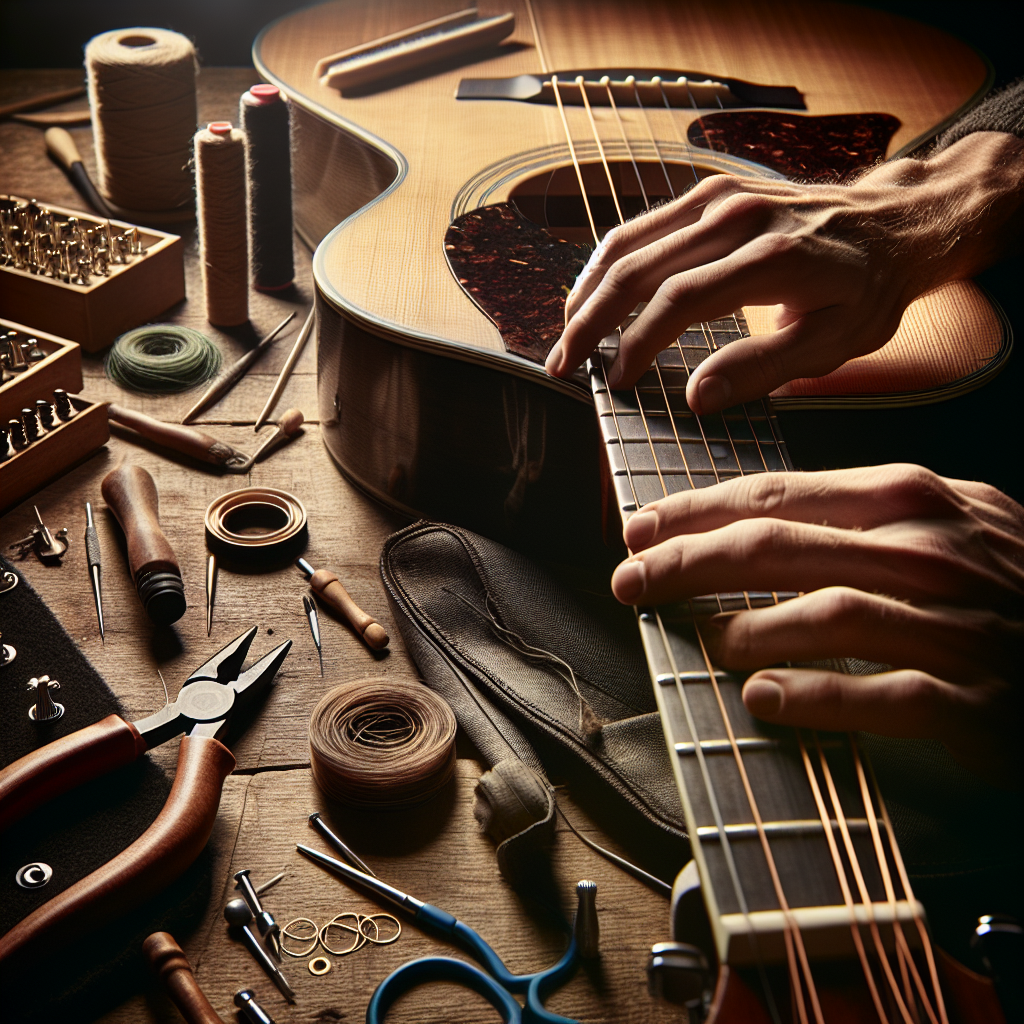
Adjusting Guitar Neck Relief: 7 Easy Steps for Optimal Playability
When it comes to playing guitar, the condition of your instrument’s neck can significantly affect your performance. Adjusting the neck relief — the slight curvature of the guitar neck — is crucial for ensuring great playability and avoiding string buzz. In this comprehensive guide, we’ll explore the essentials of adjusting guitar neck relief and provide a step-by-step approach to achieve this.
1. Understanding Neck Relief
Every guitar neck should have a slight curve or relief to allow for optimal string vibration. Neck relief ensures that the strings have enough room to sit and vibrate without buzzing against the frets. The right amount of neck relief depends on the player’s preference and playstyle, but generally, a slight forward bow is desired.
2. Signs You Need to Adjust Neck Relief
There are various indications that your guitar might require a neck relief adjustment. These include:
- Buzzing strings: Often noticeable in the lower register, fret buzz can indicate the neck is too straight or even back-bowed.
- High action: If the action is too high, it could mean the neck relief is too significant.
- Difficulty playing: Poor playability or discomfort might also signal a neck adjustment is needed.
3. Preparing for the Adjustment
Before jumping into the action, gather the necessary tools. You’ll need a truss rod wrench that fits your guitar and a capo. Check your guitar’s specifications for the correct tool size.
Ensure your guitar is in tune and place it on a stable workbench or use a guitar neck cradle for better support.
4. Measuring Neck Relief
To measure the current neck relief:
5. Adjusting the Truss Rod
Based on your measurement, you may need to adjust the truss rod.
- For more relief (if the gap is too small): Turn the truss rod nut counterclockwise.
- For less relief (if the gap is too large): Turn the truss rod nut clockwise.
A quarter turn at a time is usually adequate. Re-tune the guitar and check the relief after each adjustment.
6. Retune and Recheck
After the initial adjustment, retune the guitar and recheck the neck relief using the method outlined earlier. You may need to make further minor adjustments to get it just right.
7. Final Check and Intonation
Once the neck relief is appropriately set, play your guitar to see how it feels. Check for any buzzing or discomfort. You might also need to adjust the bridge saddles for proper intonation, ensuring your guitar stays in tune across the entire fretboard.
FAQs
-
What is neck relief on a guitar?
Neck relief is the slight curve in the guitar neck that prevents string buzz and improves playability by allowing the strings to vibrate freely.
-
How often should I check my guitar’s neck relief?
It’s a good idea to check neck relief every few months or when you notice changes due to humidity, temperature fluctuations, or changes in string gauge.
-
Can too much neck relief damage my guitar?
Yes, excessive relief can increase string tension leading to potential damage and discomfort while playing.
-
How will I know if I’ve adjusted my truss rod correctly?
Proper adjustment is noted through improved playability and minimized string buzz, aligning with your preferred action.
-
Should I consult a professional luthier for neck adjustments?
If you’re uncertain or uncomfortable making these adjustments yourself, it’s always wise to consult a professional to avoid any damage.
-
Can I adjust neck relief with the strings on?
Yes, adjusting with the strings on is preferable as it accounts for the tension the strings place on the neck.
Conclusion
Adjusting your guitar’s neck relief is an essential skill that can enhance your instrument’s playability and sound quality. With careful attention and the right tools, you can achieve a well-balanced neck that feels just right in your hands. Remember, patience is key, and if in doubt, professional assistance can save your instrument from potential harm. By staying engaged with the care and maintenance of your guitar, you keep your musical journey smooth and rewarding.
For further reading on guitar maintenance, consider visiting Fender’s official guide for expert insights into guitar setup and care.